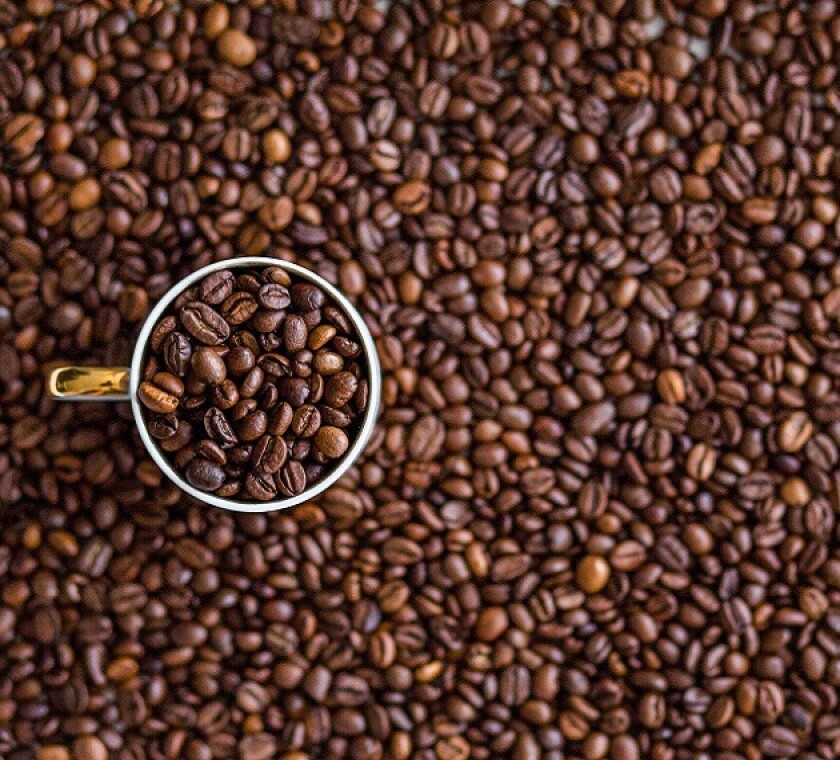Tax authorities have increased transfer pricing (TP) audits or reviews related to inter-company commodity transactions in the Latin American region, in recent years. Tax authorities have challenged in some cases the TP documentation of taxpayers using a comparable uncontrolled price (CUP) method.
One of the main challenges is the complexity of applying this methodology with reliable evidence of the economically relevant characteristics of commodities that include the physical features and quality of the commodity, the contractual terms, such as volumes traded, period of the arrangements, the timing and terms of delivery, transportation, insurance, and foreign currency terms. In addition, for some commodities, certain economically relevant characteristics (e.g. cash, prompt delivery) may lead to a premium or discount.
Evidence and supporting data
In addition to the above, a further difficulty is the evidence and supporting data of the transactions and detail, since the information should be stored and in case of an audit provide it to the tax authorities. So, the technology has a relevant role to not only store information, but to analyse and create enough data in case of a TP audit.
The OECD TP Guidelines mention that the CUP method would generally be an appropriate TP method for establishing an arm’s- length price for the transfer of commodities between associated enterprises and include some guidance about the application of the method.
In our experience, sometimes the tax authorities reject the CUP method due to the complexity of the TP commodity analysis and proposes the transactional net margin method (TNMM) to test the profitability of the trader or distribution company.
In Mexico, statistical samples to test the arm´s-length principle of the transactions is not appropriate, since the analysis should include all the transactions of commodities or any other transaction, since there is no threshold for the inter-company transactions to be documented.
Sometimes this might be an excessive administrative burden and thus contrary to paragraph 5.28 of the OECD TP Guidelines which states that a “tax administration should take great care to balance its need for the documents against the cost and administrative burden to the taxpayer of creating or obtaining them”.
Although technology, software and storage developments could avoid this excessive cost and administrative burden, considering that technology could increase the supporting evidence of the transaction, price terms and conditions of the inter-company operation.
The CUP method can be applied to analyse certain commodities, especially those traded in public markets where arm’s-length reliable information is available such as quoted price or indexes from recognised and reliable markets, data providers or agencies that are used as a reference by unrelated parties to determine prices in transaction.
Spot and future pricing
However, when applying the CUP method, a robust comparability analysis needs to be performed especially when making a clear and explicit distinction between transactions occurring on spot markets and those occurring on future markets since it is quite common to have different types of pricing contracts. There is a difference between spot and future pricing, see below:
Flat and basis contracts, the purchase price considers the future price plus the basis of the contract. The basis considers various factors that guarantee that the product reaches its destination, such as freight, fuel surcharge, inspection, fumigation, loading fee, shrink, interest, carrying charges, insurance, miscellaneous, customs broker, storage. This basis is also named as the premium or a discount of the price and might range between 10% to 30% of commodities future price.
In cash contracts, the purchase price is equal to the spot price or cash price. In this case, the delivery times of shipments are usually shorter than in the case of the prior mentioned contracts.
When applying the CUP method, the analysis needs to be split to test the future price and the basis. The future price component could be taken from databases or agencies, for example, the price could be compared with the price established in the open market.
Although there might be some complexities since sometimes databases do not disclose the minimum or maximum prices but the quoted price as bid, ask, last and close price. Independent prices could have occurred in a range between those prices depending on factors including liquidity or intra-day price volatility.
Therefore, the CUP method may be reasonable to be applied as it computes a range of comparable future prices according to the market for each contract and not only a single pricing point. The former (using a range of prices instead of a single point) helps to test and economically support the arm’s-length principle through economic statistical approaches as the standard deviation, volatility, variance, covariance and descriptive statistical analysis.
On the other hand, the basis (premiums or discounts) frequently do not have a transparent price availability in the market. The market value of these concepts could be validated by comparable data that may be gathered from internal taxpayer information based on transactions with unrelated parties, or on data published by agencies or brokers in the same terms and conditions.
However, usually the basis components of the total price are performed with unrelated parties and can be considered at market value. Another possible approach to analyse the basis could be a percentage of the amount of the basis over the commodity price.
It is important to consider that under a TP audit, tax authorities could require the taxpayers to provide the comparability and economic analysis to confirm the market value of this premium or discount.
Therefore, technology, storage and software could generate a big difference in the analysis and documentation for this type of analysis, since in the technology could store the detail of the inter-company transactions, as the contracts for the purchase and sale, the evidence of the premium or discount, the invoices, the split between the diverse variables and factors that should be analysed via the CUP method.
A technology tool that could assist collecting all required data, evaluating it, detecting inconsistencies, and raising alerts for all inter-company transactions and not only for the purchase and sale of commodities will help the taxpayer and advisors to navigate in this increasing documentation need, by creating efficiencies and a deeper analysis for this type of operations.
Applying the CUP method on commodity transactions is reasonable, not only from an economic and technical perspective, but according to the OECD TP Guidelines. However, the support and analysis are complex due to the characteristics of this type of transaction and its detail.
It is extremely important for taxpayers to keep records of TP commodities pricing policies and to fully document and collect the complete information with the operational and commercial areas as tax authorities in all cases will require such information in case of an audit.
Ricardo Barbieri
Partner, EY
Juan Carlos Ochoa
Senior manager, EY













